Ever been out in the wild, with miles of open wilderness stretching out before you and a bone-dry flask weighing down your pack? If so, then you know all too well that finding drinkable water outdoors can sometimes feel akin to locating a single needle in an endless haystack.
It’s something I experienced on my first foray into the great outdoors – imagine my surprise when I learned that only 2.5% of Earth’s water is fresh! But fear not; this blog post is here to lend a helping hand.
We’ll walk through nine tried-and-true methods to seek out potable water efficiently and safely amongst nature’s bounties. So buckle up because these lifesaving skills could be the secret key to keeping your thirst at bay during your next epic adventure!
Key Takeaways
- Listening to the sound of running water or dripping sounds can help you find drinkable water in nature. Animals gathering at one spot can also indicate nearby water sources.
- Look for lush vegetation and green plants, as they often grow near water sources. Bright green moss on trees can also be a clue that water is nearby.
- Collect rainwater by setting up containers during rainfall or using natural catchment systems like tarps or leaves. Rainwater is generally safe to drink if collected properly.
- Heading towards higher ground and mountains increases your chances of finding natural water sources like springs and streams. Game trails can also lead you to watering holes where you can collect potable water.
Understanding the Basics of Finding Potable Water in Nature
Finding drinkable water in the wild is key for survival. It can be as simple as collecting rainwater or as tricky as following a game trail to a hidden pond. Knowing how and where to look helps.
Snow and ice are also great sources of safe drinking water. You have to melt them first before you drink though. Nature gives us signs when there’s water nearby, like lots of green plants or animals gathering at one spot.
These are things we want to keep an eye on when we’re out in the wild looking for potable water.
Tips for Finding Potable Water in Nature
To find potable water in nature, open your ears and listen for the sound of running water or dripping sounds. Seek out areas with lush vegetation as it is often a sign of nearby water sources.
Look up to the sky and follow bird flights as they can lead you to watering holes. Head towards higher ground and mountains where there is a higher likelihood of finding streams or springs.
Follow game trails which may lead you to water sources. When in doubt, go downhill as gravity will often bring you closer to rivers or lakes. Collect rainwater by setting up containers during rainfall or using natural catchment systems like tarps or leaves.
Utilize transpiration by tying plastic bags around leafy branches to collect condensation overnight. In desperate situations, consider digging a solar still by burying a container with plant material covered with plastic wrap to trap condensation.
Lastly, try to locate aquifers – underground layers of permeable rock that hold groundwater – which can be found near valleys or low-lying areas.
Open your ears
Open your ears. This is one of the top ways to find drinkable water in nature. You can hear sounds that lead you to water. The sound of running water means a river or stream is nearby.
Even birdsong can be a hint, as birds like areas with plenty of water.
Trust your ears more when you are in the wild. They can help save your life by guiding you to safe drinking water sources outdoors.
Seek vegetation
Look for green plants if you seek water. Green things mean there is water close by. The type of plant can also be a clue. Some need lots of water to grow, like willows and cottonwoods.
Bright green moss on a tree might also point towards water. Plus, animals often stay near food and drink. So, the more plants you see, the more likely animals are near too – another sign that you’ve found a good spot to start digging for potable water!
Look to the sky
When you’re out in nature and need to find potable water, don’t forget to look up at the sky. Collecting rainwater is a great way to stay hydrated without worrying about bacteria or contamination.
Rainwater is generally safe to drink, as long as it’s collected in clean containers and away from any potential pollutants. So, keep an eye on the weather and take advantage of those rainy days by gathering and storing rainwater for your hydration needs.
Head for the mountains
When you’re in need of potable water in nature, heading for the mountains can be a smart move. Mountainous regions often have higher elevations where there’s a greater chance of finding natural water sources like springs and streams.
These sources are less likely to be contaminated compared to lower areas, making them more reliable for drinking water. Additionally, mountainous terrain tends to have more vegetation, which can indicate the presence of nearby water sources.
So if you find yourself in search of clean water while exploring the great outdoors, consider heading for the mountains as your first choice.
Follow a game trail
When looking for potable water in nature, following a game trail can be a useful strategy. Game trails are paths that animals use to move through their habitat. By following these trails, you can often find sources of water such as rivers, streams, or watering holes.
Game trails are typically well-worn and easy to spot due to the footprints and other signs left by wildlife. Following a game trail can lead you to fresh water sources where you can safely collect water for drinking or cooking.
So the next time you’re in need of water in the wild, consider following a game trail – it may just lead you to your much-needed hydration!
Go downhill
Water naturally flows downhill, so when I’m out in the wilderness looking for a water source, I always head in that direction. It’s a simple and effective way to increase my chances of finding potable water.
Valleys, ditches, and gullies that are lower in elevation often lead to water sources through water runoff. So if I follow these paths, it can lead me to the precious freshwater I need to survive.
Remembering this tip is essential for any survival enthusiast like myself who wants to locate drinkable water in nature easily.
Collect rainwater
Collecting rainwater is a smart way to find potable water in nature. It’s convenient and sustainable, helping us conserve water and reduce urban flooding. Rainwater can be used for various purposes like watering plants, cleaning, and even drinking.
By collecting rainwater from rooftops, we can store it for later use, which helps recharge local aquifers and lessens our environmental impact. So go ahead and set up a rain barrel or system to collect this precious resource!
Use transpiration
Transpiration is a natural process that helps regulate the water balance in plants and the environment. It plays an important role in the water cycle, with about two-thirds of the water returning to the atmosphere through evaporation and transpiration.
When plants absorb water from the soil through their roots, they release it through transpiration, which cools down land surfaces. This process is significant for crop production because water availability determines how much crops can yield.
By understanding and utilizing transpiration, we can increase our chances of finding potable water in nature.
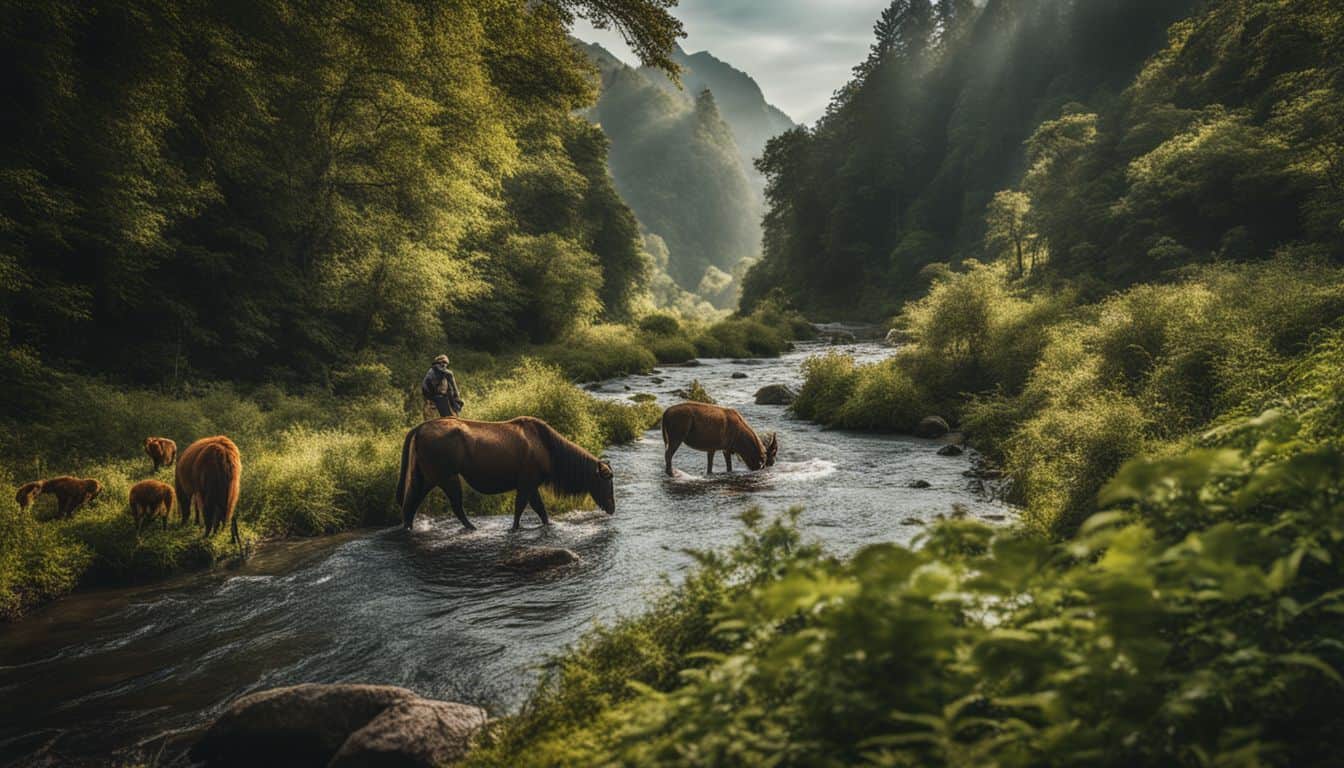
Dig a solar still
To find potable water in nature, one useful method is to dig a solar still. A solar still is a device that purifies water using the heat of the sun. Here’s how it works: First, you need to find a spot with damp soil or sand.
Dig a hole in the ground and place an empty container in the center. Next, cover the hole with plastic wrap, making sure it’s tight and secure around the edges. Then add some weight on top of the plastic wrap to create a slope towards the container.
As sunlight hits the plastic wrap, it creates condensation inside because of evaporation. The vapor then collects on the underside of the plastic and drips down into your container as purified water.
This process removes impurities from saltwater or any other contaminated water source.
Digging a solar still can be especially helpful for survival situations where finding clean drinking water is crucial. It’s important to note that this method provides small-scale purification, so consider other methods if you need larger quantities of water.
Find aquifers
Aquifers are underground rock formations that hold water. They can be found all over the world and provide a valuable source of potable water. Hydrologists, who study water, use scientific methods to locate aquifers by analyzing the landscape.
Some areas may have multiple aquifers, while others may have only one or none at all. Examples of famous aquifers include the Ogallala Aquifer in the United States and the Great Artesian Basin in Australia.
Aquifers recharge through a natural process where rainwater seeps into the ground and replenishes them with fresh water. So if you’re looking for a reliable source of drinking water in nature, finding an aquifer is definitely worth considering!
How to Improve Water Quality
Improve the water quality by protecting local and household water sources, using a water softener system, and implementing a water filtration system.
Protect local water
To protect local water, it is important to take action and be mindful of our actions. One way to do this is by properly disposing of waste and not throwing trash or chemicals into bodies of water.
Additionally, reducing the use of harmful chemicals in our daily lives can help prevent water pollution. It’s also essential to support initiatives that promote sustainable farming practices and prevent runoff from agricultural activities.
By working together, we can ensure the health and safety of our local water sources for current and future generations.
Protect household water
To ensure that the water in your home is safe and clean to drink, there are a few things you can do. First, it’s important to address any issues with your water heater, as hot water can sometimes contain contaminants like metals and bacteria.
You can also take steps to protect your drinking water sources from pollution or hazardous waste. By being mindful of what goes down our drains and taking action to prevent pollution, we can help keep our household water clean.
Additionally, regular testing of your household water is crucial to ensure its quality. Services like Snappy offer in-home water analysis to help you identify any potential problems and take appropriate measures for improvement.
Use a water softener system
A water softener system is an essential tool for improving the quality of your drinking water. It removes minerals like calcium, magnesium, and iron that can make water hard and affect its taste.
By filtering out these minerals, a water softener reduces hardness and prevents scaling in appliances. This means cleaner dishes, softer laundry, and better-tasting beverages. With a water softener system, you can enjoy the benefits of purified water while exploring nature or during survival situations.
So don’t forget to include a reliable water treatment system in your outdoor gear or emergency preparedness kit. Stay hydrated with clean and refreshing water wherever you go!
Use a water filtration system
Using a water filtration system is essential for improving the quality of your drinking water in nature. It helps to eliminate or reduce contaminants that may be harmful to your health, such as bacteria, viruses, and chemicals.
By installing a water filter, you can also contribute to the reduction of single-use plastic bottles since you won’t have to rely on them for safe drinking water. Additionally, using a water filtration system can extend the lifespan of your appliances by preventing mineral buildup and reducing the risks associated with consuming hard water.
It’s an effective and sustainable way to ensure that you have access to clean and safe drinking water while exploring the great outdoors.
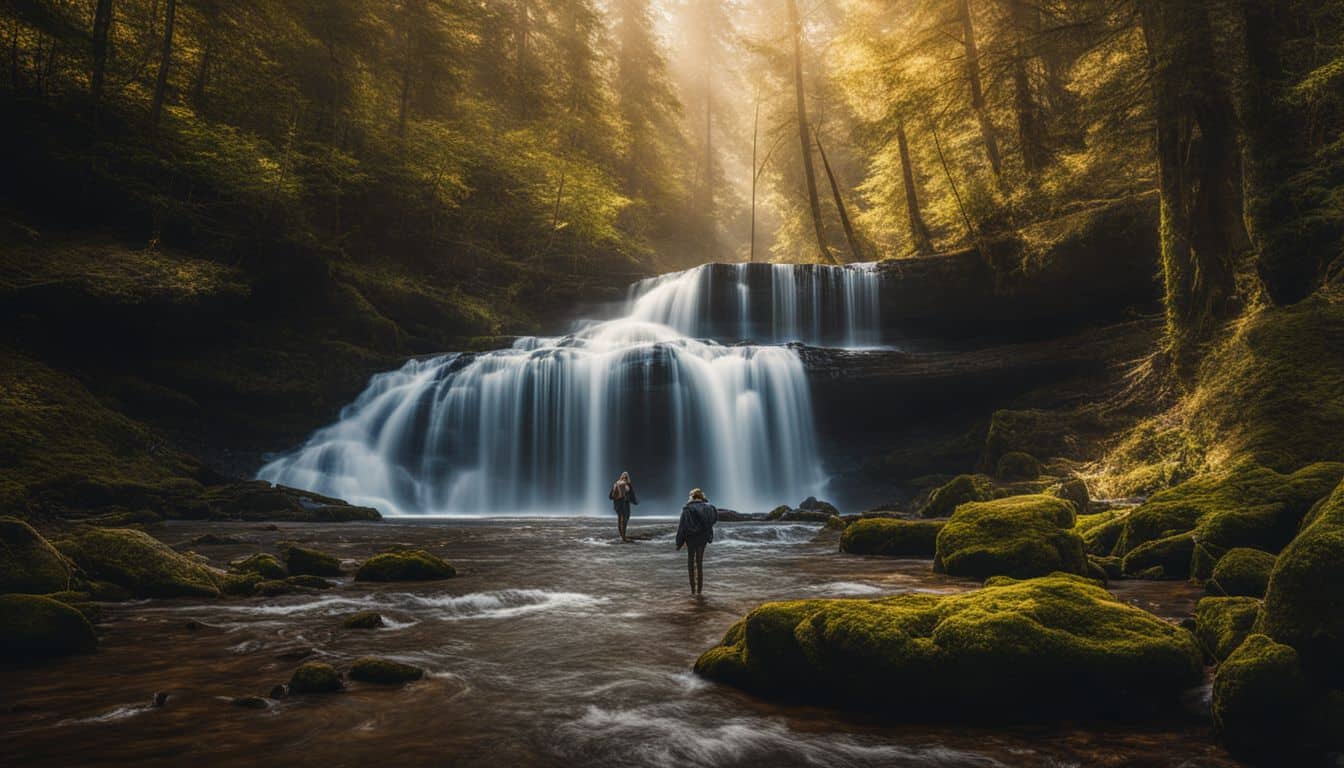
Tips for Maintaining Water Quality
Keep your water containers clean. Recycle and reuse water whenever possible. Prevent contamination by keeping areas with pollutants away from your water source. Test your water regularly for quality assurance.
To learn more about maintaining the cleanliness of your drinking water, click here.
Wash water containers
To maintain the quality of your water in the wild, it’s important to wash your water containers regularly. Cleaning them helps to remove any dirt or contaminants that may have built up over time.
You can use soap and warm water to scrub the inside and outside of your containers thoroughly. Rinse them well with clean water afterwards to ensure no residue is left behind. By keeping your water containers clean, you can help prevent the growth of bacteria and ensure that your drinking water remains safe and potable.
Remember, having access to clean and safe drinking water is essential for our health and well-being. It’s crucial to take proactive measures, such as washing our water containers, to maintain the quality of this valuable resource.
Recycle and reuse water
I believe in conserving and reusing water whenever possible. Water recycling and reuse is an important practice that can help us address the issue of water scarcity. By capturing and treating wastewater, stormwater, saltwater, or graywater, we can use this nonpotable water for various purposes like irrigation in agriculture, public parks, and golf courses.
This helps reduce the demand for drinking water and promotes conservation. The captured water goes through a cleaning and treatment process to ensure its quality before being reused.
Not only does water recycling save precious freshwater resources but it also has positive environmental impacts by reducing strain on our ecosystems. Let’s embrace sustainable practices like recycling and reusing water to create a more sustainable future for all of us!
Keep contaminated areas away
To maintain the quality of water in nature, it is important to keep contaminated areas away. This means avoiding places where pollution or hazardous waste can seep into potential sources of potable water.
Contamination from things like industrial waste, chemicals, or untreated household wastewater can be harmful to both our health and the environment. It’s crucial that we take steps to address these issues and protect our drinking water sources.
By keeping contaminated areas separate from clean water sources, we can help ensure access to safe and healthy drinking water for everyone.
Test your water regularly
Testing your water regularly is crucial to ensure that it is safe to drink and free from any harmful contaminants. By testing your water, you can determine if there are any high levels of lead or other pollutants present.
This is especially important as lead can have serious health effects, especially on children. Regular monitoring of water quality helps to ensure its safety and reliability for you and your family.
It allows you to detect any potential problems early on and take appropriate actions to address them. Testing also helps in understanding the quality of your drinking water and interpreting test results can provide valuable insights into its overall safety.
Benefits of Improving Water Quality
Improved water quality offers a range of benefits, including better taste and smell, enhanced health and safety, reduced costs and maintenance, as well as a decreased environmental impact.
Improved taste and smell
When it comes to finding potable water in nature, one important aspect that often gets overlooked is the taste and smell of the water. It’s not just about having access to clean and safe drinking water; it’s also about enjoying the experience of drinking it.
Improved water quality can enhance the taste and smell of drinking water, making it more enjoyable and refreshing. Factors such as activated carbon filtration, mineral content, and proper water treatment methods can all play a role in improving the taste and smell of your drinking water.
So, when you’re out in the wild or facing a survival situation, remember that not only should you prioritize finding clean sources of water but also consider ways to enhance its flavor and aroma for a better overall hydration experience.
Improved health and safety
Improving water quality has a direct impact on our health and safety. When we have access to clean and safe drinking water, we can avoid many waterborne diseases that can make us sick.
It also means that we don’t have to worry about contamination from harmful bacteria or chemicals. Having improved health because of safe drinking water allows us to focus on other aspects of survival without the risk of falling ill.
Clean water is essential for maintaining good hygiene practices, which further contributes to our overall wellbeing. It’s important to prioritize access to safe drinking water and take steps to ensure its quality for a healthier and safer adventure in the wild.
Words: 112
Reduced cost and maintenance
Improving water quality has a big impact on reducing costs and maintenance. By investing in affordable solutions like chlorine tablets or using plastic bottles exposed to sunlight, we can prevent water contamination and protect our health.
This saves us from expensive healthcare expenses and increases productivity by keeping us healthy. Additionally, it helps us avoid the expenses associated with treating diseases caused by contaminated water.
So let’s prioritize improving water quality for cost-effective and lifesaving measures while also enjoying the environmental benefits that come with it.
Reduced environmental impact
Improving water quality can have a positive impact on the environment. When water is polluted, it can harm aquatic ecosystems and disrupt the balance of nature. Additionally, pollution from improper sewage disposal and fast urban development can contaminate water sources.
By protecting these sources and implementing environmental regulations, we can reduce water pollution and preserve our natural habitats. Restoring water ecosystems also helps to enhance the overall health of our planet.
Let’s work together to conserve our precious resources and create a sustainable future for generations to come.
How to Find Water in the Wild
To find water in the wild, collect rainwater, look for vegetation, and study the topography.
Collect rainwater
Collecting rainwater is a smart and sustainable way to find potable water in nature. It’s easy to do and can provide you with water for various purposes, such as watering plants, cleaning, bathing, and even drinking.
To collect rainwater, you can set up gutters and downspouts on your roof to direct the rainwater into barrels or tanks. You can also use bladder tanks or rain reservoir systems if you have more space available.
Rainwater harvesting is a safe method of obtaining drinking water without the risk of bacterial contamination. Many people, both in urban and rural areas, practice rainwater harvesting to meet their water needs efficiently.
Look for vegetation
When exploring the wild and searching for water, one important clue to keep an eye out for is vegetation. Green plants and foliage can indicate the presence of water nearby. Trees, shrubs, and other types of greenery need water to survive, so if you come across an area with lush vegetation, there’s a good chance that there’s a water source somewhere close by.
Plants like cattails and reeds are especially helpful because they typically grow in or near bodies of water. So when you’re out in nature looking for potable water, pay attention to the plants around you – they may lead you right to what you need.
Study the topography
Understanding the topography of the wilderness is important when trying to locate sources of water. By studying the landscape, you can learn about geographical features and how they affect water flow.
For example, valleys, ditches, and gullies often follow natural drainage patterns and can lead you to water sources. Low ground areas are also good places to look for water because they tend to collect it.
Groundwater-surface water interaction is another aspect to consider as it helps in managing water resources effectively. By knowing how groundwater and surface water are connected, you can better understand where to find reliable sources of potable water.
How to Purify Water in the Wild
To purify water in the wild, you can boil it, use a filter, add purification tablets, or use UV light.
Boil it
Boiling water is an important method for purifying water when you’re out in the wild. It’s one of the most effective ways to make sure your water is safe to drink. When you boil clear water for a sufficient amount of time, it can kill disease-causing germs like viruses, bacteria, and parasites.
Boiling is the surest way to get rid of those pathogens that can make you sick from drinking contaminated water. It’s so effective that even parasites like giardia and cryptosporidium, which are tough to remove with other purification methods, can be eliminated by boiling.
So remember, when in doubt about the safety of your water, just boil it!
Use a filter
When you’re out in the wild and need to purify water, using a filter is an important step. Water filters are designed to strain harmful organisms from drinking water, making it safe to consume.
However, it’s essential to remember that filtration alone is not enough. It must be followed by boiling or disinfection to fully purify the water for drinking. Filters like sand and charcoal can remove physical threats in the water but may not completely purify it.
So, when using a filter, make sure you follow the proper steps for complete purification and ensure your drinking water safety.
Add purification tablets
Purification tablets are a must-have in your survival kit when you’re out in the wild. These tablets can help transform unsafe water into clean and drinkable water. By simply adding a purification tablet to your water source, you can effectively remove contaminants and make it safe for consumption.
This method is especially useful when boiling water or using alternative methods are not feasible options. Whether you’re hiking, camping, or traveling, having purification tablets on hand ensures that you’ll always have access to safe drinking water.
So don’t forget to add these essential tablets to your survival gear!
Use UV light
UV light is a great tool for purifying water in the wild. It can kill harmful microorganisms like viruses, bacteria, and parasites that can make you sick. UV purifiers are portable and battery-operated, making them easy to use in any situation.
The process works by transferring energy from a mercury lamp to the genetic material of these harmful organisms, destroying them and making the water safe to drink. Best of all, UV purification does not cause cancer, so you can use it confidently knowing that it’s safe for your health.
So next time you’re out in nature and need clean drinking water, don’t forget to bring along a UV light purifier. Stay hydrated and stay healthy!
Building a Survival Kit
Gather essential gear, a durable water bottle, a can of tuna or other protein-rich food, bear deterrents like pepper spray, and fishing equipment to ensure you are prepared for any survival situation.
Gear
In my survival kit for finding potable water in nature, I make sure to include the necessary gear and items. This includes tools like a knife and shelter-building equipment that can come in handy during emergencies while searching for water.
It’s also crucial to have a first aid kit with me at all times, as accidents can happen when exploring the wilderness. When packing my emergency kit, I focus on including items for drinking, cooking, and hygiene, with a special emphasis on clean water.
Water purification is an essential process that my gear provides for removing contaminants and ensuring the safety of the drinking water I find. With the right gear in place, I feel confident in my ability to locate and obtain potable water while enjoying outdoor adventures.
Bottle
In my survival kit, one of the most important items is a stainless water bottle. It’s not just any ordinary bottle; it’s designed to withstand tough conditions and keep my water safe.
I prefer stainless steel because it’s durable and doesn’t leach harmful chemicals into the water like plastic bottles can. Plus, it can be used for both storing and purifying water if needed.
This versatile bottle is an essential part of my emergency preparedness gear, ensuring that I always have a reliable source of clean drinking water wherever I go.
Remember, having a portable water container like this in your survival kit is crucial. It allows you to carry enough water with you and ensures that you have access to safe drinking water during emergencies or when out in the wild.
Tuna
Tuna is an important fish that helps maintain a healthy marine ecosystem. It plays a vital role in the balance of our oceans. In fact, we even have a special day called World Tuna Day to celebrate its significance.
Laws and policies, like the Marine Mammal Protection Act, are in place to protect tuna fisheries and their habitats. This helps ensure the survival and reproduction of not just tuna, but other marine species as well.
When it comes to finding potable water in nature, tuna can be associated with building a survival kit for success.
Grizzly bear
The grizzly bear is an important part of our natural community and plays a vital role in the ecosystem. Conservation efforts for grizzly bears benefit not only them but also the entire environment.
In Yellowstone National Park, a bear management program was initiated to encourage grizzlies to feed on natural food sources instead of relying on human-generated food. The Grizzly Bear Restoration Plan aims to restore their population to its historical range in the NCE area.
Scientific research has shown that the density of motorized routes can impact grizzly bear occupancy, survival, and reproduction. To ensure their long-term survival, it’s crucial to build public support for these magnificent creatures.
Fishing
As a survival enthusiast, I understand the importance of fishing for food in the wild. Fishing can be a valuable skill to have when you’re out in nature and need to sustain yourself.
It’s essential to practice responsible fishing techniques to ensure the conservation and preservation of fish populations. Sustainable practices help maintain biodiversity and protect the health of ecosystems.
When choosing where to fish, look for areas with structures like humps or drop-offs as these are often good locations for finding fish. Stay informed by checking fishing reports that provide useful information on conditions and where fish may be biting.
Conclusion on Finding Potable Water in Nature
In conclusion, finding potable water in nature is essential for survival, especially in emergency situations or when venturing into the wilderness. By following these nine tips and tricks, such as listening for running water, collecting rainwater, and using natural purification methods like boiling or filtration, you can ensure a safe and reliable source of clean drinking water.
Remember to always prioritize the health of our environment and protect water sources for future generations.
Resources
To find more information and resources about finding potable water in nature, here are some helpful sources:
– Water management organizations can provide guidance on sustainable water solutions and conservation techniques.
– Websites and publications focusing on survival skills offer tips and strategies for finding and purifying water in the wild.
– Environmental agencies provide information on water scarcity, pollution prevention, groundwater recharge, recycling, and efficiency.
– Manufacturers of water purification systems offer products that can help improve the quality of available water sources.
– Online forums or communities dedicated to survival enthusiasts are a great source of knowledge-sharing and support.
Remember to always verify the credibility of your sources before implementing any recommendations. Stay informed about current practices for ensuring access to clean and safe drinking water.
FAQs on Finding Potable Water in Nature
1. How can I find potable water in nature?
You can find potable water in nature by looking for sources such as rivers, streams, lakes, and natural springs.
2. Is it safe to drink water from a river or stream?
No, it is not always safe to drink water directly from a river or stream as it may contain harmful bacteria or contaminants. It’s best to purify the water before consumption.
3. What are some methods to purify water found in nature?
Methods to purify water found in nature include boiling it for at least one minute, using portable filters or purification tablets, or building a simple solar still.
4. Are there any signs that indicate the presence of potable water?
Signs that indicate the presence of potable water include lush vegetation near the source, animal tracks leading towards the source, and evidence of other wildlife drinking from it.
5. What should I do if I cannot find any potable water in nature?
If you cannot find any potable water in nature, it is important to conserve your body’s hydration by seeking shade and avoiding physical exertion. Look for alternative sources such as nearby villages or seek help from authorities if possible.

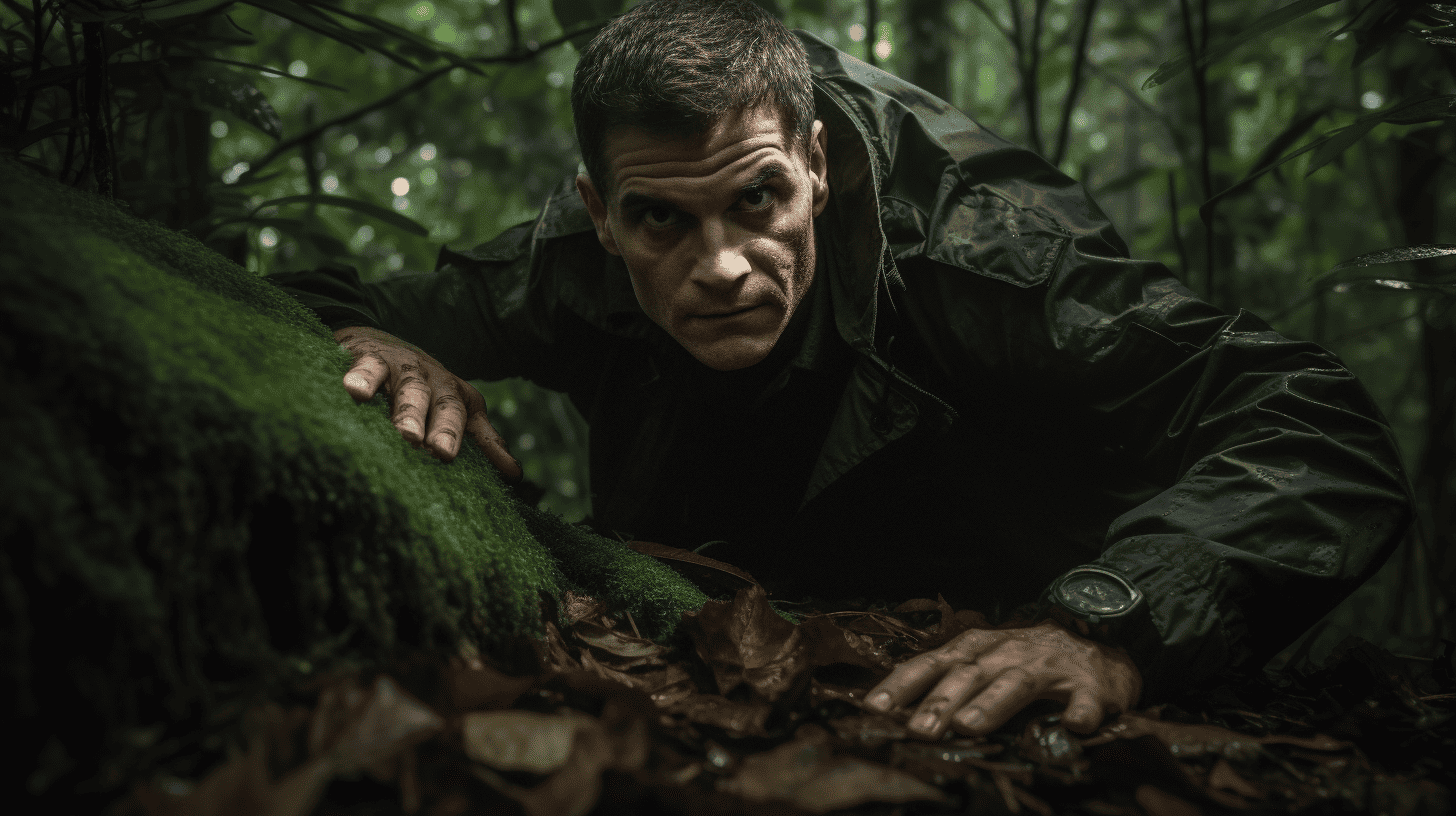
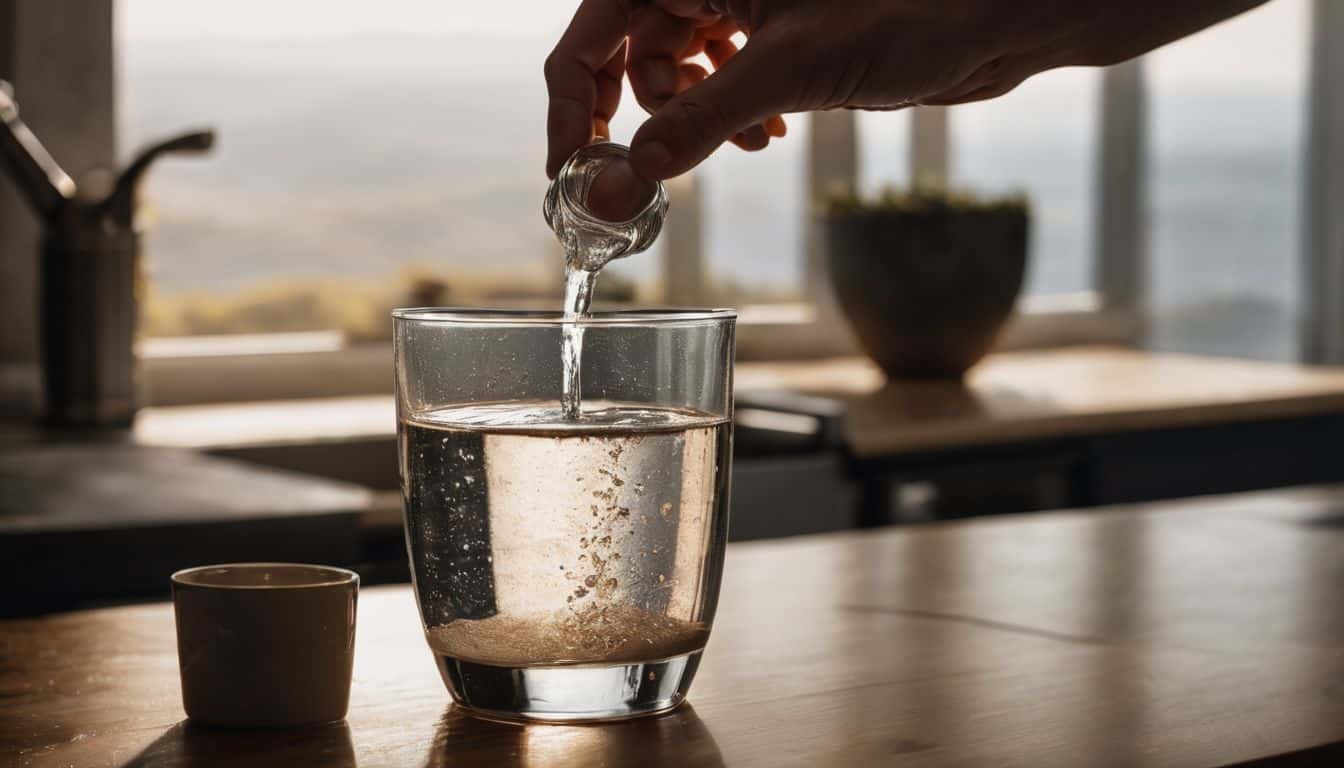

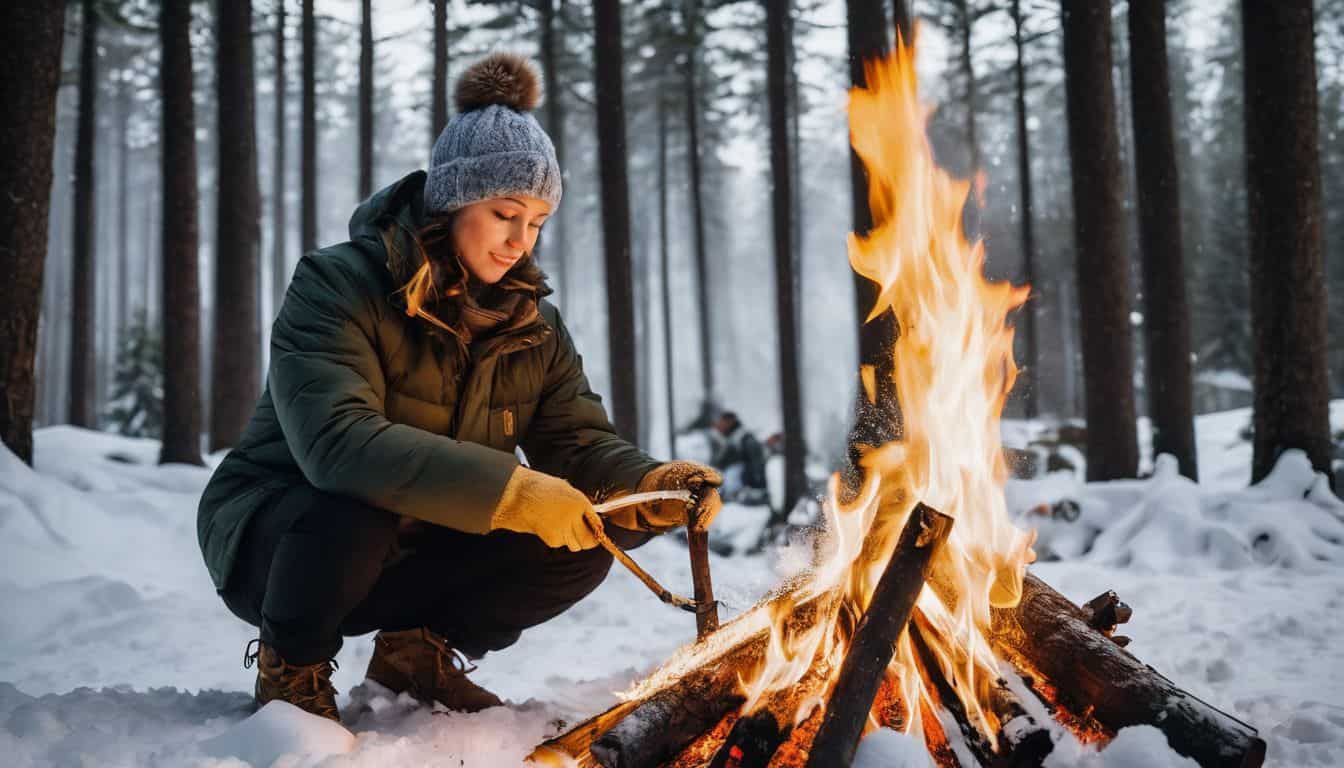
Leave a Reply